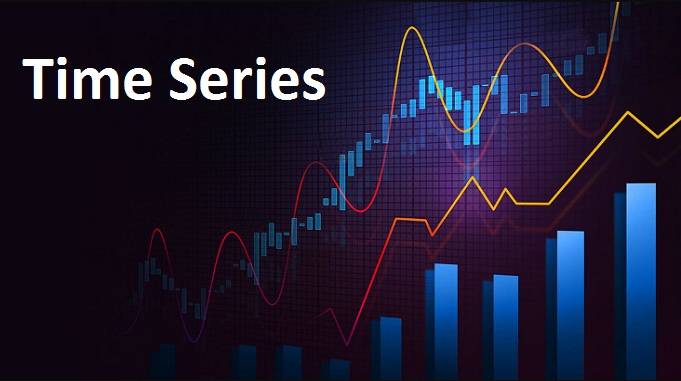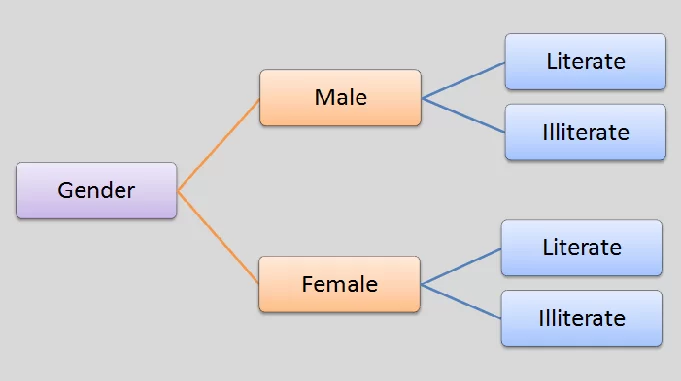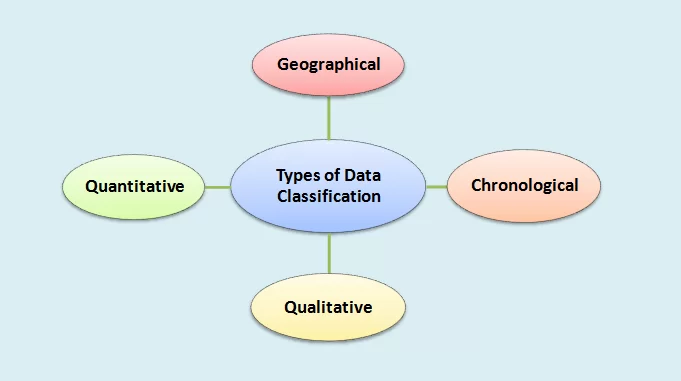
Definitions of Time Series in Statistics:
The quantitative values are often recorded over equal time periods, whether they be daily, weekly, monthly, quarterly, half-yearly, yearly, or any other time measure. A time series is a statistical series formed by arranging quantitative data in the order of their occurrence. The various definitions of Time Series in Statistics are as follows:
A set of data depending on time is called a time series.
OR
Time series is an arrangement of Statistical data in accordance with the occurrence of time, that is, in chronological order.
OR
A time series is a collection of observations of a random variable like sales, employment, etc. arranged in chronological order.
Examples of Time Series:
Most of the series relating to economics, business, and commerce are examples of time series.
The series related to, for example, monthly statistics for industrial production, global annual birth rate figures, the yield on common stocks, weekly wholesale rice prices, daily records of tea sales, census data, etc. are all examples of time series because each has the common feature of recording magnitudes that change over time.
Hence, the series related to prices, production and consumption of various commodities, agricultural and industrial production, national income and foreign exchange, prices and dividends of shares, stock market shares, profit of business houses, bank deposits, and so on are time series that span a long period of time.
A time series is defined mathematically by the functional relationship y = f (t), where y represents the value of the variable under consideration at a given time t.
For example, (i) The population (y) of a nation or area in different years t, (ii) The number of births or deaths (y) in various months t, (iii) The sale (y) of a retail store in various months t, (iv) The temperature (y) of a region on various days (t), etc. make the time series.
Therefore, if the value of a variable or phenomena at time t1, t2, …, tn are y1, y2, …, yn, respectively, then,
|
T |
t1 | t2 | … | tn |
| Y | y1 | y2 | … |
yn |
Utility/Importance/Purpose of Time-series:
(a) It helps in understanding the past behavior of time-series
(b) It helps in understanding the present situation
(c) It helps in predicting the future values of the series
(d) It is helpful for comparison
(e) The study of time series is useful to the government for planning and framing suitable policies for the future.
Hence, the twin reasons for studying the time series include a historical understanding of the past data and making forecasts for the future.
(Source-various books from college library)
Copyrighted Material © 2019 - 2024 Prinsli.com - All rights reserved
All content on this website is copyrighted. It is prohibited to copy, publish or distribute the content and images of this website through any website, book, newspaper, software, videos, YouTube Channel or any other medium without written permission. You are not authorized to alter, obscure or remove any proprietary information, copyright or logo from this Website in any way. If any of these rules are violated, it will be strongly protested and legal action will be taken.




Be the first to comment